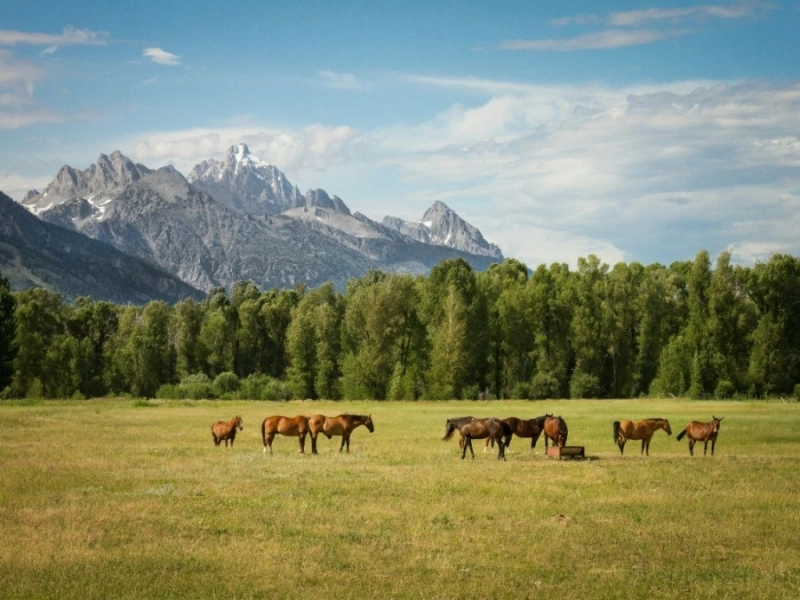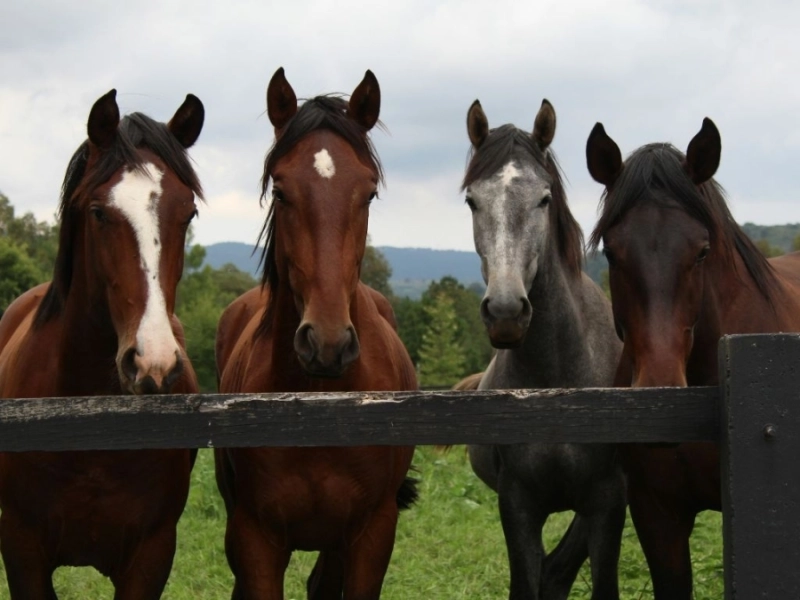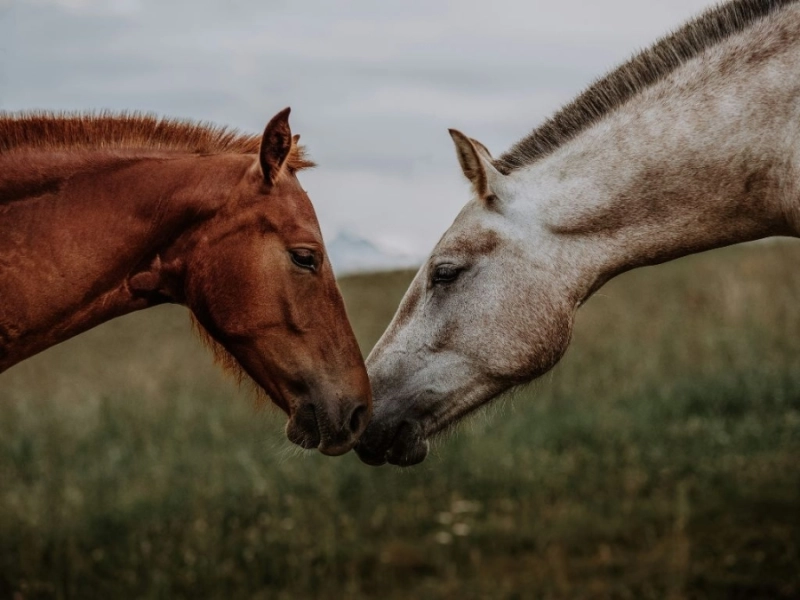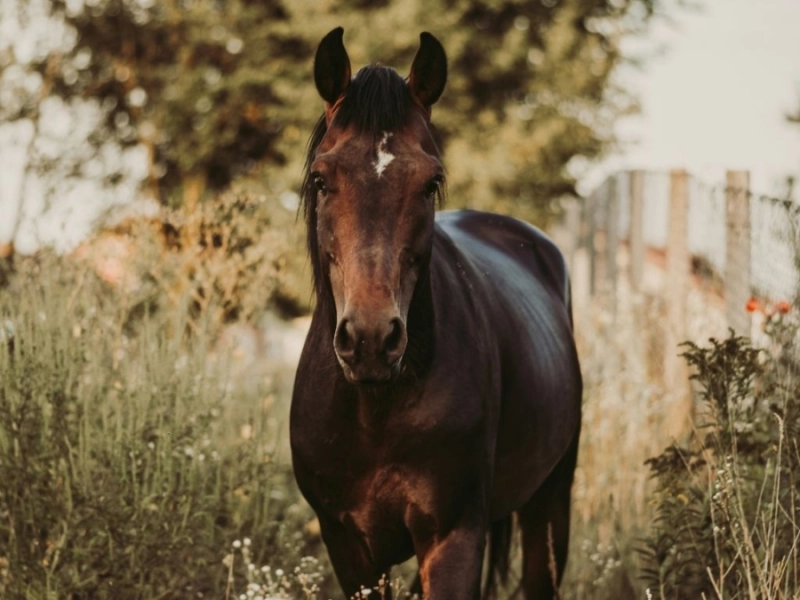News and Testimonials

Everything You Need to Know Before Riding a Horse: Tips for a Safe and Enjoyable Ride
Horseback riding is more than a leisure activity — it’s a partnership between human and animal, rooted in trust, balance, and communication.
Whether you're preparing for your first trail ride or looking to improve your equestrian skills, understanding the basics of horse behavior and riding technique can make all the difference. Here's everything you should know before saddling up.
1. Understand Horse Behavior
Before you ride, it's essential to understand that horses are prey animals. They are incredibly intuitive and respond to body language, tone of voice, and energy. Treat them calmly and respectfully. Sudden movements or loud noises can make them nervous, so always approach from the side and speak gently.
Tip: Spend time with the horse before riding. A few minutes of grooming or hand-feeding helps build trust.
2. Dress the Part
What you wear matters. Always opt for long pants (preferably jeans or riding breeches) and closed-toe shoes with a heel. Avoid scarves, loose jackets, or dangling accessories that could startle the horse or get caught in equipment.
Essentials:
Helmet (always wear one!)
Gloves (for grip and protection)
Riding boots or sturdy shoes
3. Learn to Mount and Dismount Correctly
Always mount from the left side unless instructed otherwise. Use a mounting block if available — it’s easier on both you and the horse. When dismounting, lean forward slightly, swing your right leg over the horse’s back, and gently lower yourself to the ground.
4. Master the Basics of Posture and Control
Your posture affects your balance and the horse's comfort. Sit tall, keep your heels down, and maintain light contact with the reins. Avoid pulling harshly — communication with the horse should be gentle and precise.
Golden Rule: The reins are for communication, not control. Your seat, legs, and balance do most of the work.
5. Know the Basic Riding Aids
Horses respond to subtle signals known as "aids." These include your seat, legs, hands, and voice. Learn how to:
Start walking with gentle leg pressure.
Steer with a combination of reins and looking where you want to go.
Stop by gently pulling back while sitting deeper in the saddle.
6. Respect the Horse's Needs
Horses aren’t machines — they get tired, hot, distracted, or stressed. Be aware of your horse’s body language. Ears pinned back, excessive head tossing, or refusing to move may be signs of discomfort or confusion.
7. Safety First, Always
Never walk behind a horse.
Keep a safe distance from other riders.
If you're unsure, ask your guide or instructor — there's no such thing as a silly question in horseback riding.
8. After the Ride: Show Appreciation
Once the ride is over, take a moment to thank your horse. Offer a pat, help remove the saddle (if allowed), and let the horse rest. Building a respectful bond leaves a lasting impression on both rider and horse.
Final Thought: It’s a Journey, Not a Race
No matter your experience level, every ride is a new opportunity to learn. The beauty of horseback riding lies in its simplicity and the unspoken connection between rider and horse. Take your time, enjoy the process, and above all — ride with kindness.







